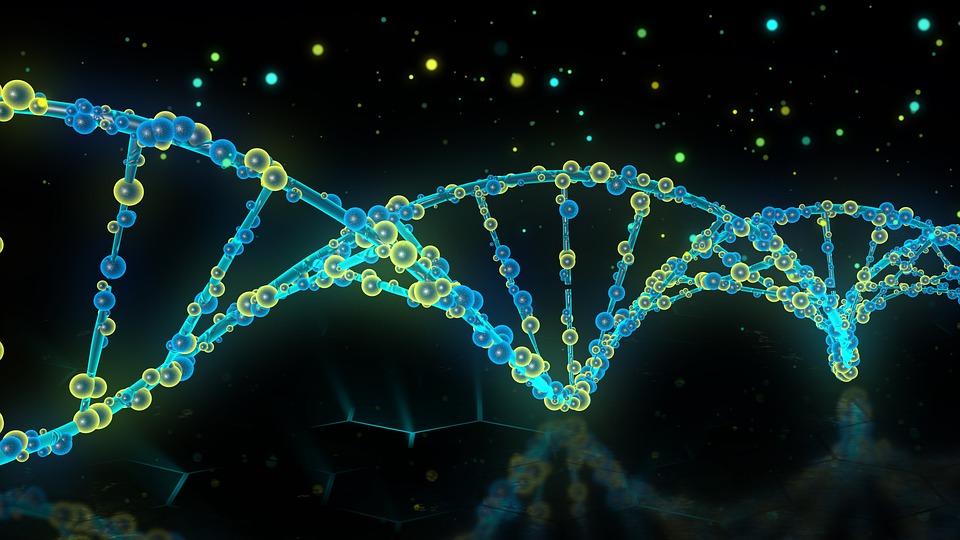
In this lesson students are introduced to the idea that DNA is the code to create proteins and that proteins can be structural or functional. Students are given a problem to create a model of a

In this lesson students are introduced to the idea that DNA is the code to create proteins and that proteins can be structural or functional. Students are given a problem to create a model of a

This lesson gives students a hands-on science and math experience with the duff layer in a ponderosa pine forest. Students will explore a sample to identify what is found in it, measure the width of

This lesson is designed around competition. Competition is a driving force behind natural selection. If something can survive to reproduce, the traits are passed on. Students will be completing

Students will use an understanding of the sun as an energy and heat source to design a device to direct the sun's heat to aid with growing plants. The students will go through the 5 E's and the

Involving themes of biology, ecology, and conservation, this engineering lesson introduces students to the behavior of immersed bodies within the realm of fluid mechanics. Utilizing the phenomena of


The lesson targets high school students. It aims to impart a solid understanding of genetics and probability through hands-on activities featuring Wisconsin Fast Plants. Covering an introduction to

By the end of this lesson, students will understand the unique adaptations of desert tortoises and the importance of conserving their habitat. Students also engineer a habitat for the desert tortoise.

Including themes of ecology, physics, and environmental impact; this engineering lesson introduces students to the idea of energy conservation. While using the phenomena of the Klamath River Dam